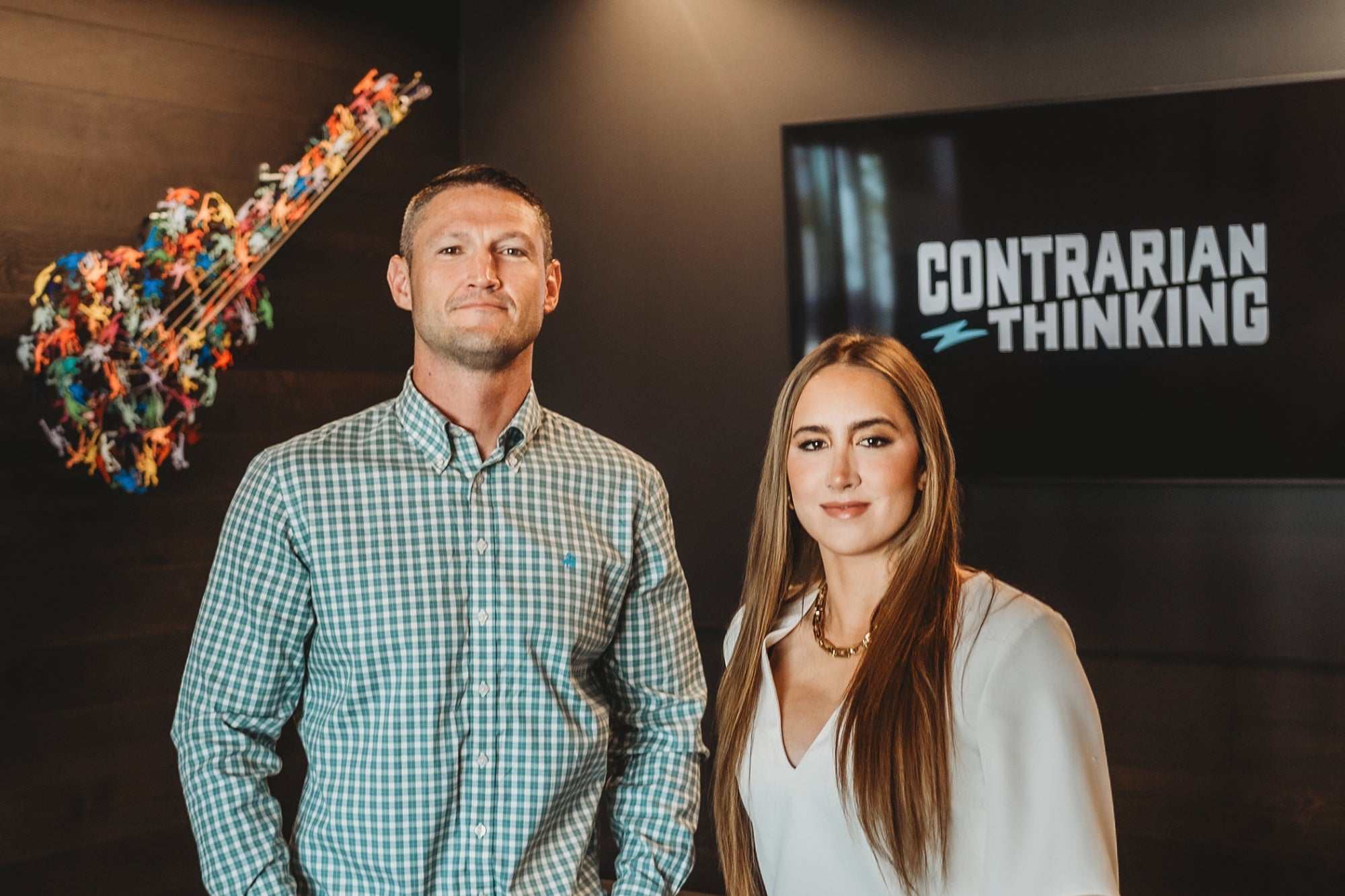The Marriage of Clicks and Bricks Ecommerce retailers have realized that shoppers find value in being able to see and inspect items in real life.
Opinions expressed by BIZ Experiences contributors are their own.
Historically, traditional and online retail have not played nice. The ecommerce boom exposed antiquated aspects of traditional retail. Lower prices and free shipping tipped the scales in favor of online shopping.
A prime example of this trend is retailer RadioShack's filing for bankruptcy. It seems the store with the nostalgic name could not compete against online giants like Amazon, with competitive pricing and two-day shipping options.
Then came news of Amazon's seeking to purchase some of the RadioShack stores it had indirectly displaced. This exemplifies a trend in the last few years: a movement toward bricks and mortar by online sellers, referred to as the rise of clicks to bricks. Even as the prophecy of ecommerce's killing the retail store becomes actuality, ecommerce is moving into traditional retail space.
In the past few years, ecommerce shops have opened brick-and-mortar locations across the country. Warby Parker, a low-cost glasses e-tailer that lets users try on frames at home and return them by mail, has opened 14 physical locations across the United States. Online menswear brand Bonobos, which started out selling men's pants, opened 10 physical stores. Birchbox, a beauty-box subscription retailer, recently opened a 4,500-square-foot flagship store in New York.
Other retailers have delved more tentatively into setting up physical stores with pop-up shops. Zappos opened a temporary 20,000-square-foot venue during the last holiday season to convince consumers to purchase apparel as well as shoes. With an $8 billion market that increased annually 16 percent over a five-year period, temporary retail stores are a popular option for online retailers seeking an inexpensive trial in physical space.
Related: Why These Ecommerce Front-Runners Are Building Brick and Mortar Stores
Ecommerce retailers have realized that shoppers assign value to being able to see and inspect items in real life, instead of trusting online photos and information. Bonobos launched physical locations, called Guideshops, after customers responded to being able to touch and feel clothing before purchasing.
And there's the draw of the integrated shopping experience, which grants customers the best of online and offline worlds. While many clicks-to-bricks stores are just showrooms (Bonobos Guideshops don't stock inventory or make offline sales), some retailers have seized the opportunity to go truly omnichannel, offering goods online and in person.
Macy's lets shoppers purchase online and pick up in stores. This might seem like a no-brainer, but the so-called click-and-collect model is genius in its simplicity.
Shoppers who prefer the ease and convenience of online purchases keep that perk but gain the option of cutting out shipping fees and waiting for products to arrive. The fringe benefit for Macy's? Customers who click and collect typically spend as much as 125 percent of the value of the original order, selecting additional purchases inside the physical store.
Related: How Cherishing Mistakes, Being Clueless and Stress Fests Helped Birchbox's Success
The marriage of Nordstrom Rack and flash-sale site Hautelook similarly brought a new dimension to flash online sales. The biggest hurdle of flash-sale shopping is buyers' remorse and the hassle of returns. By allowing returns at Nordstrom Rack, Hautelook shoppers now have the safety net of an easy return process. Nordstrom Rack, which didn't have a website until last year, gained the advantage of being able encourage exchanges instead of returns.
The challenge for the clicks-to-bricks model is the cost of maintaining both an online and offline presence. Ecommerce has been popular because retailers could cut the costs required by physical shops and price merchandise accordingly. Online retailers (that formerly did not need to pay rent, hire salespeople or leverage middlemen) must restructure their operations to open a physical space -- which affects the pricing.
So is the return to brick and mortar a crucial move for online retailers looking to succeed? Well-established companies that can afford to truly create an omnichannel customer experience will find the marriage of clicks and bricks a solid investment.
And growing ecommerce companies with investors willing to accept physical stores as a budget line item may take the plunge (Bonobos and Birchbox picked up $55 million and $60 million respectively in funding last year).
But for many online retailers, the costs outweigh the benefits of putting down physical roots -- for now, anyway.











